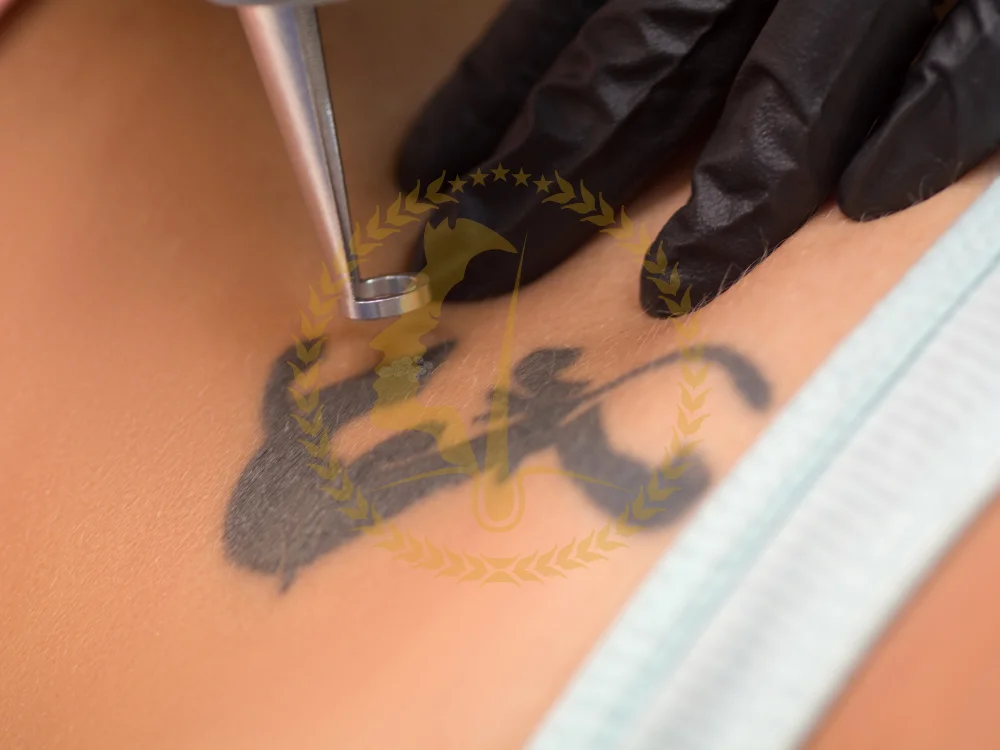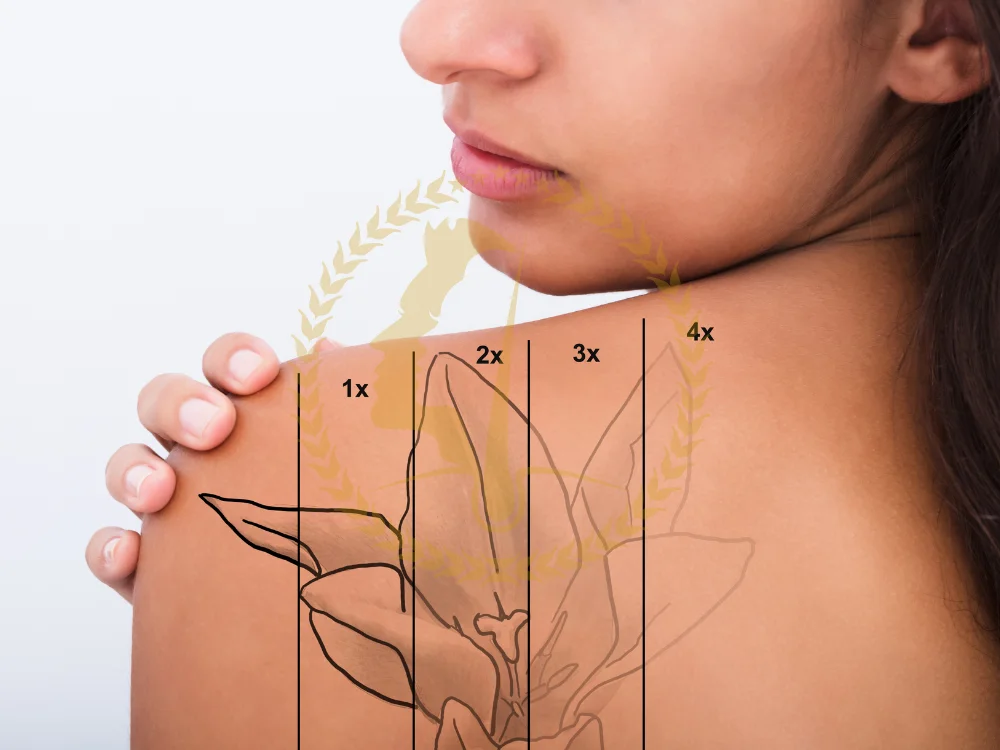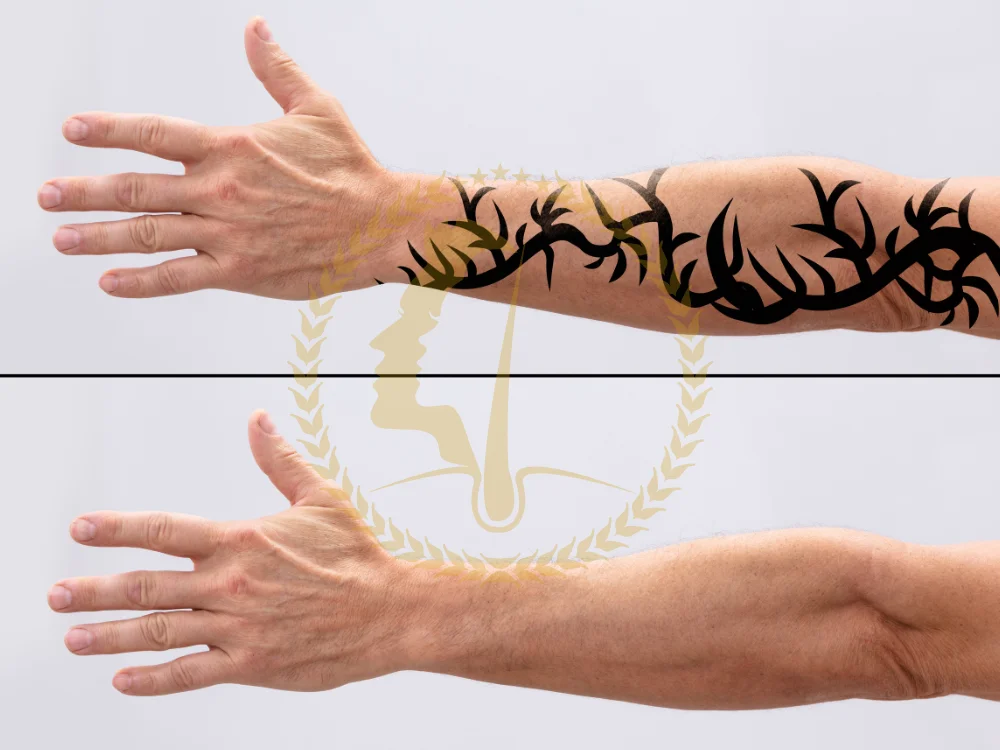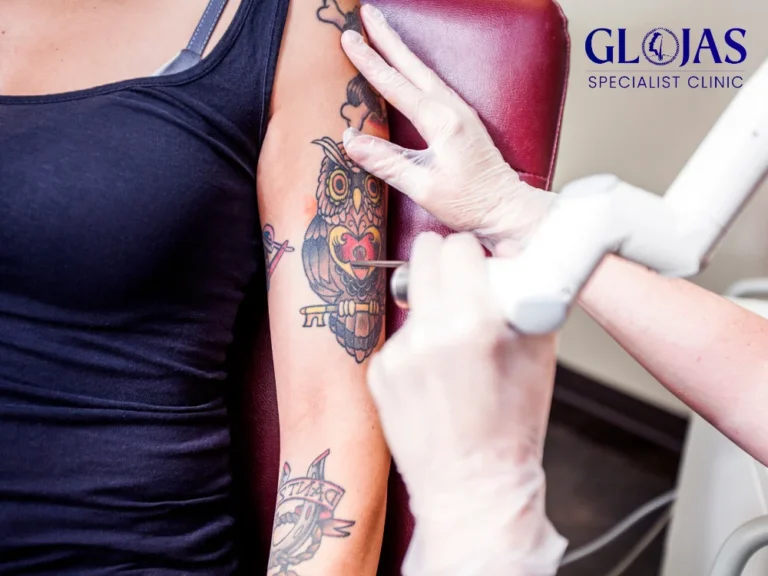Tattoos are a popular form of self-expression, but what happens when the design no longer aligns with your personality or life choices? Fortunately, tattoo removal has advanced significantly, making it possible to erase or lighten unwanted ink. In this article, we’ll explore the top methods for effective tattoo removal, focusing on the revolutionary Pico Laser technique, which is changing the game in the world of dermatology.
The Science Behind Tattoo Removal
Tattoo removal involves breaking down the ink particles embedded in the skin so the body’s immune system can naturally clear them away. The process is far more complex than it sounds, and various factors—including tattoo color, ink depth, and skin type—affect the success rate.
Several tattoo removal methods exist, but not all are created equal. It’s essential to understand which techniques are most effective and what you can expect during the process.

Common Tattoo Removal Methods
1. Laser Tattoo Removal (Traditional)
The most widely used tattoo removal method is traditional laser removal, which uses Q-switched lasers to break up ink particles. While effective for many people, this technique can sometimes be painful, and it often requires multiple sessions to achieve satisfactory results.
The effectiveness of traditional laser tattoo removal depends on several factors:
- Ink color: Darker inks, such as black and dark blue, respond best to traditional lasers. Lighter colors like yellow and green are more difficult to treat.
- Tattoo size: Larger tattoos take more time and effort to remove completely.
- Skin tone: Certain lasers work better on lighter skin tones due to the reduced risk of skin pigmentation changes.
2. Dermabrasion
Dermabrasion involves scraping away the layers of the skin where tattoo ink is embedded. This technique is less common due to its invasiveness and lengthy recovery time. It may also result in scarring, making it less desirable compared to laser treatments.
3. Chemical Peels
Some clinics offer chemical peels for tattoo removal, where the skin is exfoliated using acids. The goal is to remove the outer layers of skin and allow the tattoo to fade over time. However, this method is often less effective than laser treatments and carries the risk of scarring and skin discoloration.

Why Pico Laser is a Superior Tattoo Removal Option
Among the many tattoo removal techniques, Pico Laser stands out as one of the most advanced and efficient options. Pico Laser technology uses ultra-short pulses of laser energy—measured in picoseconds (trillionths of a second)—to break up tattoo ink into tiny particles. This method offers several significant advantages over traditional laser removal.
1. Faster Results
One of the key benefits of Pico Laser tattoo removal is its speed. Because the laser pulses are incredibly short, they can shatter the ink particles more effectively. This allows the body to clear away the ink faster, often resulting in fewer sessions compared to traditional laser treatments.
2. Reduced Risk of Skin Damage
Traditional lasers can sometimes cause skin damage, leading to scarring or hyperpigmentation. Pico Lasers, however, use gentler pulses that target the ink more precisely without damaging the surrounding skin. This makes the procedure safer, especially for individuals with darker skin tones, who are more prone to pigmentation changes after laser treatments.
3. Better for Stubborn Ink Colors
Pico Lasers are particularly effective for removing stubborn ink colors like red, green, and yellow—shades that traditional lasers often struggle to treat. The shorter pulses can break down these colors more efficiently, making Pico Laser the best choice for multicolored tattoos.
4. Minimal Discomfort
Tattoo removal can be painful, but the Pico Laser’s ultra-short pulses make the treatment more tolerable than traditional laser methods. While some level of discomfort is inevitable, many patients report that Pico Laser treatments are less painful, with faster recovery times between sessions.
Factors That Affect Pico Laser Tattoo Removal Success
Although Pico Laser is a powerful tool for tattoo removal, several factors can influence the effectiveness of the treatment. Here are some of the most important variables:
1. Skin Type
Pico Laser is effective on a wide range of skin types, but people with lighter skin tones generally experience faster results. Darker skin tones may require more cautious treatment to avoid pigmentation changes, but Pico Laser still offers a safer option compared to traditional methods.
2. Ink Depth and Density
The deeper and denser the ink in your tattoo, the more sessions it may take to achieve full removal. However, the Pico Laser’s efficiency often reduces the total number of treatments required compared to older technologies.
3. Tattoo Age
Older tattoos tend to fade naturally over time, making them easier to remove. Conversely, newer tattoos with fresh ink might require additional sessions as the ink has not yet begun to break down on its own.
The Pico Laser Tattoo Removal Process: What to Expect
Initial Consultation
Before starting Pico Laser tattoo removal, you’ll need to have an initial consultation with a trained specialist. They will assess your tattoo and skin type to determine the best course of action. During this consultation, you’ll also learn how many sessions may be necessary based on the size, color, and location of your tattoo.
During the Treatment
During each session, the Pico Laser will be passed over the tattooed area, delivering high-energy pulses that break up the ink particles. Each session typically lasts between 10 and 30 minutes, depending on the size and complexity of the tattoo.
You may feel some discomfort, similar to the sensation of snapping a rubber band against your skin. However, the Pico Laser’s fast pulses and precise targeting help minimize pain compared to traditional methods.
Aftercare and Recovery
After your Pico Laser session, it’s essential to follow proper aftercare instructions to promote healing and reduce the risk of complications. Most patients experience mild redness and swelling, which typically subsides within a few days. Avoid sun exposure, keep the area clean, and apply any recommended ointments to help your skin heal quickly.
Multiple sessions will be necessary to achieve full tattoo removal. However, with Pico Laser’s faster treatment times, many people notice significant fading after just a few visits.

Frequently Asked Questions (FAQs)
1. How many Pico Laser sessions are needed for complete tattoo removal?
The number of sessions varies depending on the tattoo’s size, color, and ink depth. Most tattoos require 4 to 8 sessions for full removal, though some may need more.
2. Is Pico Laser tattoo removal painful?
While some discomfort is common, Pico Laser is generally less painful than traditional laser treatments. Topical numbing creams can also be applied to make the experience more comfortable.
3. Can Pico Laser remove all tattoo colors?
Yes, Pico Laser is highly effective at removing even difficult ink colors like red, green, and yellow that are challenging for traditional lasers.
4. Is there any downtime after Pico Laser treatment?
Most people can return to their regular activities immediately after treatment. Mild swelling and redness may occur but typically subside within a few days.
5. Can Pico Laser be used on all skin types?
Yes, Pico Laser is safe for all skin types, though individuals with darker skin tones may require more cautious treatment to avoid pigmentation changes.
6. How much does Pico Laser tattoo removal cost?
The cost varies depending on the size and complexity of the tattoo. On average, each session can range from $200 to $500.

